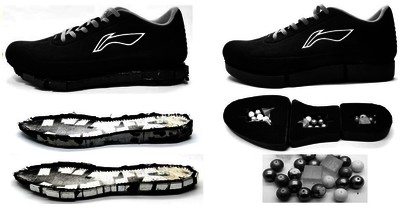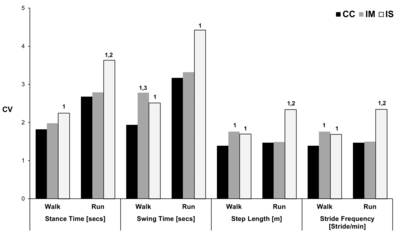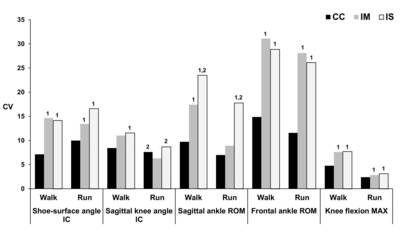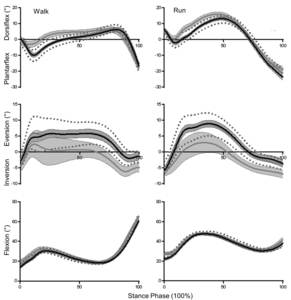Apps, C 
Preview |
Text
PubSub8213_apps.pdf - Post-print Download (562kB) | Preview |
![Fig 1 [thumbnail of Fig 1]](https://irep.ntu.ac.uk/30428/2.hassmallThumbnailVersion/PubSub8213_Apps_Fig%201.jpg)  Preview |
Image (Fig 1)
PubSub8213_Apps_Fig 1.jpg - Post-print Download (95kB) | Preview |
![Fig 2 [thumbnail of Fig 2]](https://irep.ntu.ac.uk/30428/3.hassmallThumbnailVersion/PubSub8213_Apps_Fig%202.jpg)  Preview |
Image (Fig 2)
PubSub8213_Apps_Fig 2.jpg - Post-print Download (182kB) | Preview |
![Fig 3 [thumbnail of Fig 3]](https://irep.ntu.ac.uk/30428/4.hassmallThumbnailVersion/PubSub8213_Apps_Fig%203.jpg)  Preview |
Image (Fig 3)
PubSub8213_Apps_Fig 3.jpg - Post-print Download (227kB) | Preview |
![Fig 4 [thumbnail of Fig 4]](https://irep.ntu.ac.uk/30428/5.hassmallThumbnailVersion/PubSub8213_Apps_Fig%204.jpg)  Preview |
Image (Fig 4)
PubSub8213_Apps_Fig 4.jpg - Post-print Download (212kB) | Preview |
![Fig 5 [thumbnail of Fig 5]](https://irep.ntu.ac.uk/30428/6.hassmallThumbnailVersion/PubSub8213_Apps_Fig%205.jpg)  Preview |
Image (Fig 5)
PubSub8213_Apps_Fig 5.jpg - Post-print Download (184kB) | Preview |
Abstract
Background: A shoe with unsystematic perturbations, similar to natural uneven terrain, may offer an enhanced training stimulus over current unstable footwear technologies. This study compared the instability of a shoe with unpredictably random midsole deformations, an irregular surface and a control shoe-surface whilst treadmill walking and running.
Methods: Three-dimensional kinematics and electromyography were recorded of the lower limb in 18 active males. Gait cycle characteristics, joint angles at initial ground contact and maximum values during stance, and muscle activations prior to initial contact and during loading were analysed. Perceived stability, injury-risk and energy consumption were evaluated. Instability was assessed by movement variability, muscular activations and subjective ratings.
Results: Posture alterations at initial contact revealed active adaptations in the irregular midsole and irregular surface to maintain stability whilst walking and running. Variability of the gait cycle and lower limb kinematics increased on the irregular surface compared to the control across locomotion types. Similarly increased variability (coefficient of variation) were found in the irregular midsole compared to the control for frontal ankle motion (walk: 31.1 and 14.9, run: 28.1 and 11.6), maximum sagittal knee angle (walk: 7.6 and 4.8, run: 2.8 and 2.4), and global gait characteristics during walking only (2.1 ± 0.5 and 1.6 ± 0.3). Tibialis anterior pre-activation reduced and gastrocnemius activation increased in the irregular midsole compared to the control across locomotion types. During running, peroneus longus activation increased in the irregular midsole and irregular surface.
Conclusions: Results indicate random shoe midsole deformations enhanced instability relative to the control and simulated certain locomotion adaptations of the irregular surface, although less pronounced. Thus, a shoe with unpredictable instability revealed potential as a novel instability-training device.
| Item Type: | Journal article |
|---|---|
| Alternative Title: | Biomechanical and neuromuscular adaptations to unpredictably uneven surfaces can be simulated with an irregularly deforming shoe midsole during walking and running |
| Publication Title: | Footwear Science |
| Creators: | Apps, C., Sterzing, T., O'Brien, T., Ding, R. and Lake, M. |
| Publisher: | Taylor & Francis |
| Date: | 28 February 2017 |
| Volume: | 9 |
| Number: | 2 |
| ISSN: | 1942-4280 |
| Identifiers: | Number Type 10.1080/19424280.2017.1293175 DOI |
| Divisions: | Schools > School of Science and Technology |
| Record created by: | Linda Sullivan |
| Date Added: | 22 Mar 2017 12:04 |
| Last Modified: | 24 Sep 2019 13:19 |
| URI: | https://irep.ntu.ac.uk/id/eprint/30428 |
Actions (login required)
 |
Edit View |
Statistics
Views
Views per month over past year
Downloads
Downloads per month over past year

 Tools
Tools Tools
Tools




